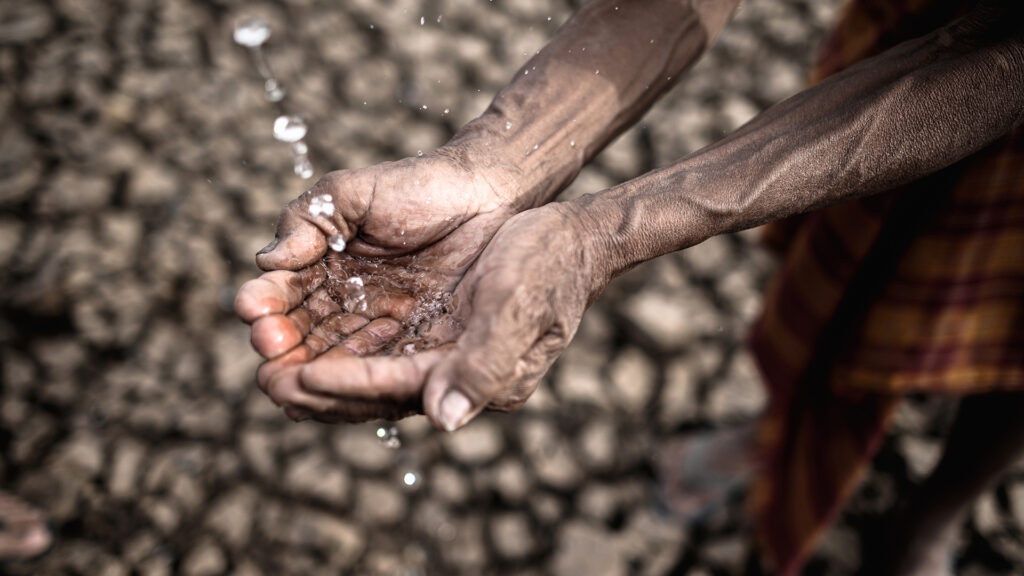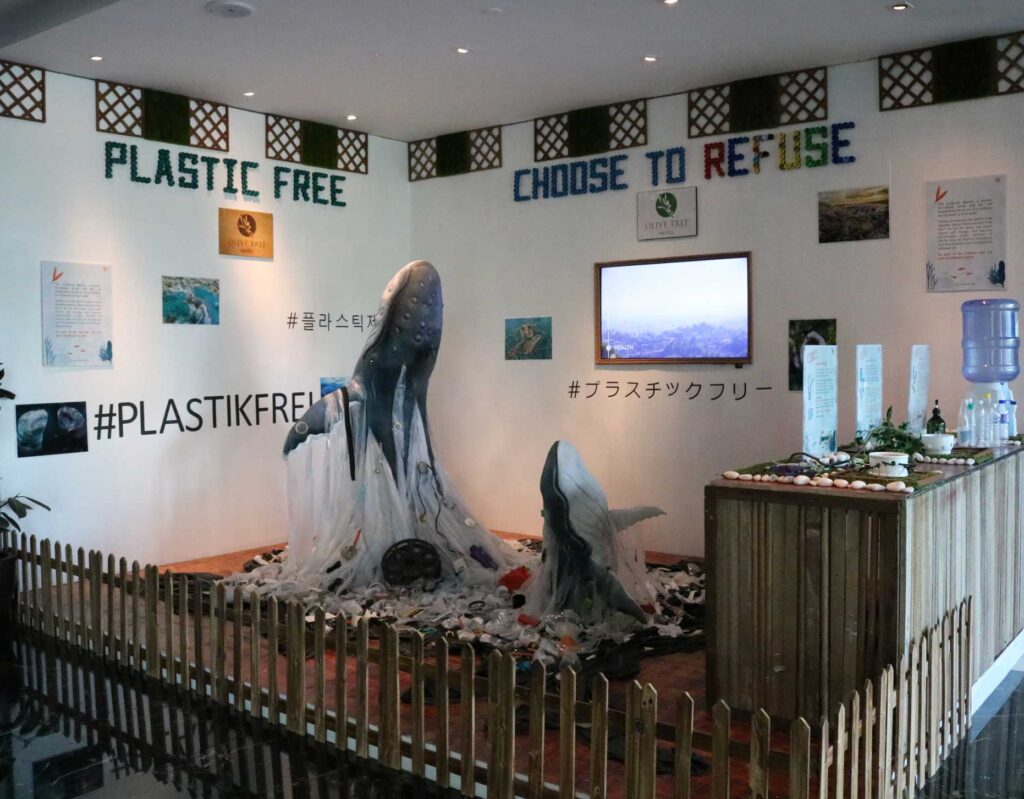Source by https://www.theworldcounts.com/
One garbage truck of plastic is dumped into our oceans every single minute. By 2030, it will be two trucks per minute and by 2050, four. Ocean plastic kills millions of 700 different marine animals every year. Including several endangered species. Do you know how long it will take for the plastic in oceans to biodegrade completely? Estimates range from 450 years to never.
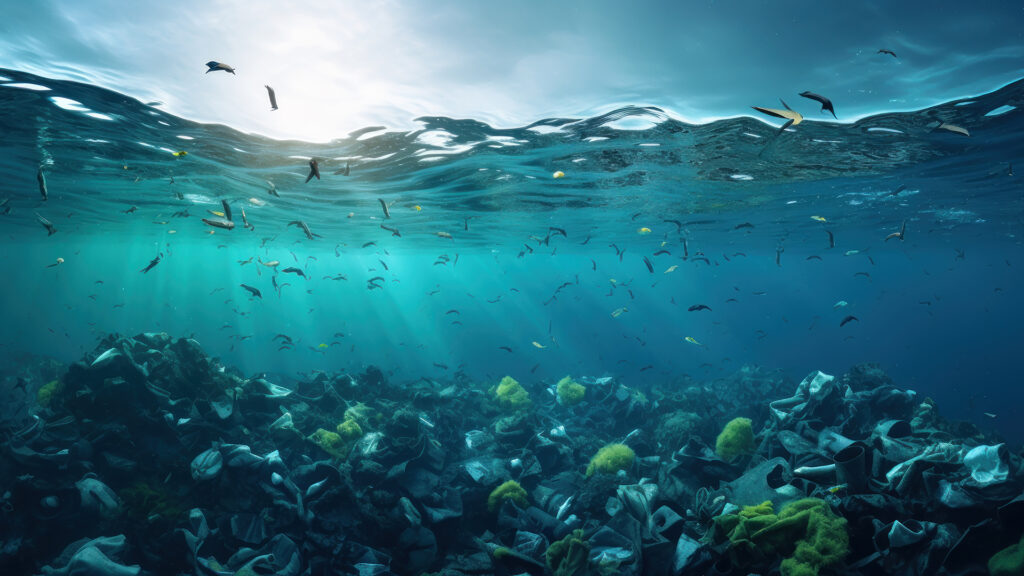
In 2015, an estimated 50 percent of the planet’s wild forests had gone. And the destruction of forests has continued since. If the trend is not stopped, we will only have 10 percent of the world’s original forests left by 2030. Entire forest systems have disappeared in at least 25 countries and have declined by 90 percent in another 29 countries. Forests are home to seventy percent of the world’s plants and animals. About 20 percent of the world’s greenhouse gas emissions come from the clearing of tropical forests.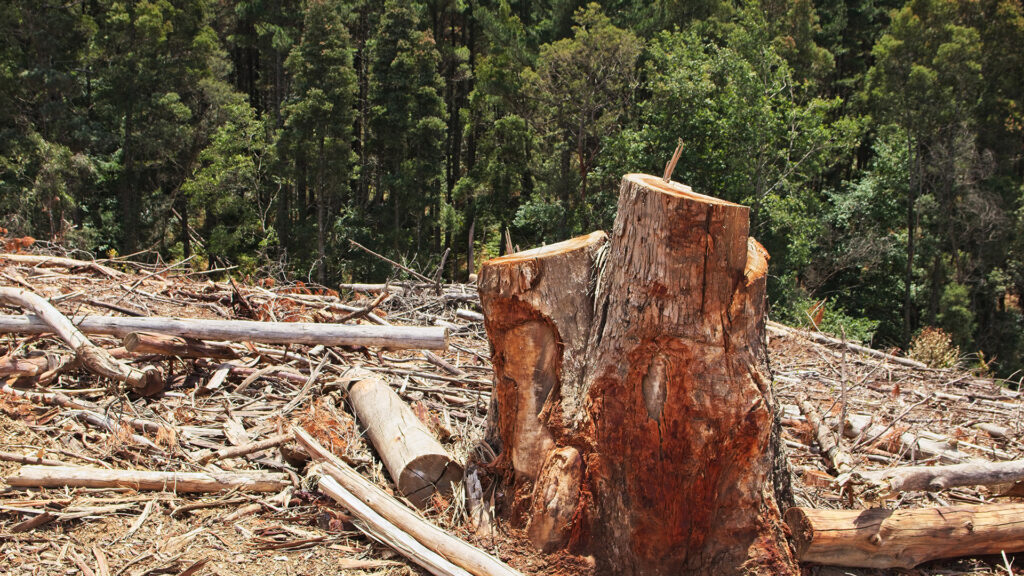
Ironically, as sea levels are rising, water shortages will increase as a result of global warming. Droughts and heat waves will become more common. Limiting global warming to 1.5°C by 2100 is still possible but the possibility is quickly fading. It would require an immediate and very significant reduction in global greenhouse gas emissions with a 55 % reduction from 2020 to 2030. There are no signs of this happening. Following the Paris Agreement in 2016, CO2-emissions broke new records in both 2018 and 2019.

The world population could be too big to feed itself by 2050. By then, there will be almost 10 billion people on the planet and food demand will have increased by 70 percent compared to 2017. Scientists put the limit on how many people Earth can feed at 10 billion – max! As part of the food crisis, prices of foods such as corn and rice are likely to increase rapidly – by 180 and 130 percent, respectively, by 2030.
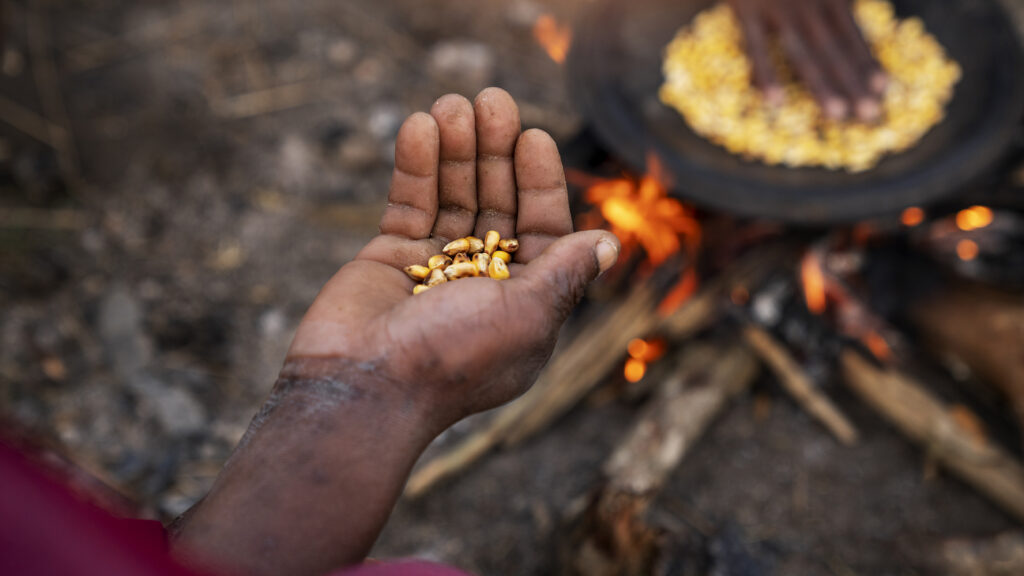
By 2050 almost 4 billion people will live in areas under severe water stress compared to 1.6 billion in 2000. Water stress or scarcity is the lack of fresh water resources to meet demand for safe drinking water, households, farming/irrigation and industry. The highest prices for water are often paid by poor people who do not have direct access to water. In some cases, prices can be 500 times higher than what is paid by people who have direct connection to their houses.
